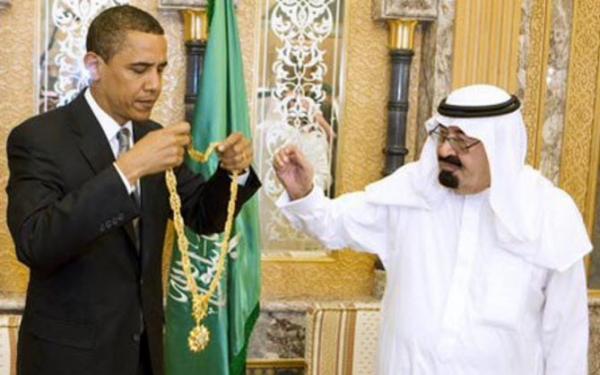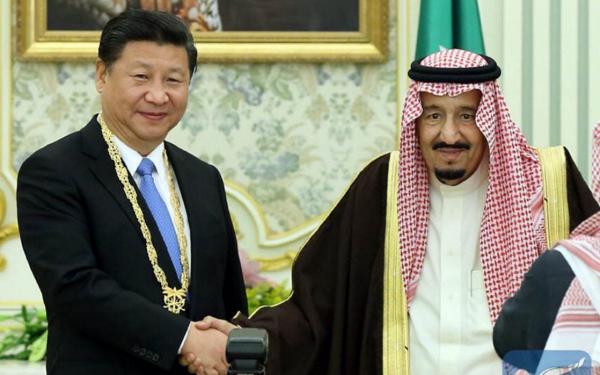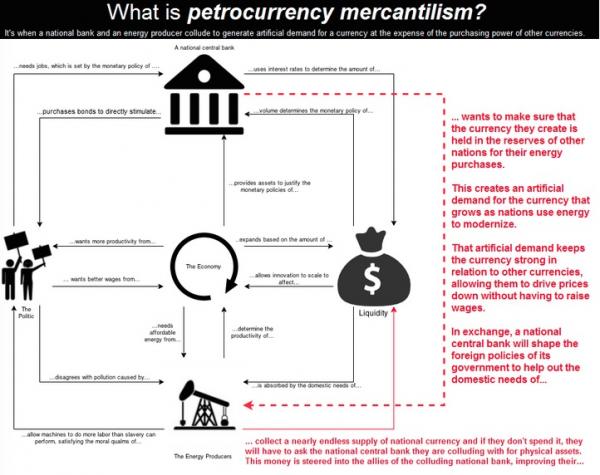Give me that!!

It belongs to the Chinese now!

h/t @FedPorn
As we previously detailed, two topics we’ve deemed critically important to a thorough understanding of both global finance and the shifting geopolitical landscape are the death of the petrodollar and the idea of yuan hegemony.
In November 2014, in “How The Petrodollar Quietly Died And No One Noticed,” we said the following about the slow motion demise of the system that has served to perpetuate decades of dollar dominance:
Two years ago, in hushed tones at first, then ever louder, the financial world began discussing that which shall never be discussed in polite company – the end of the system that according to many has framed and facilitated the US Dollar’s reserve currency status: the Petrodollar, or the world in which oil export countries would recycle the dollars they received in exchange for their oil exports, by purchasing more USD-denominated assets, boosting the financial strength of the reserve currency, leading to even higher asset prices and even more USD-denominated purchases, and so forth, in a virtuous (especially if one held US-denominated assets and printed US currency) loop.

The main thrust for this shift away from the USD, if primarily in the non-mainstream media, was that with Russia and China, as well as the rest of the BRIC nations, increasingly seeking to distance themselves from the US-led, “developed world” status quo spearheaded by the IMF, global trade would increasingly take place through bilateral arrangements which bypass the (Petro)dollar entirely. And sure enough, this has certainly been taking place, as first Russia and China, together with Iran, and ever more developing nations, have transacted among each other, bypassing the USD entirely, instead engaging in bilateral trade arrangements.
Falling crude prices served to accelerate the petrodollar’s demise and in 2014, OPEC nations drained liquidity from financial markets for the first time in nearly two decades:













Leave A Comment